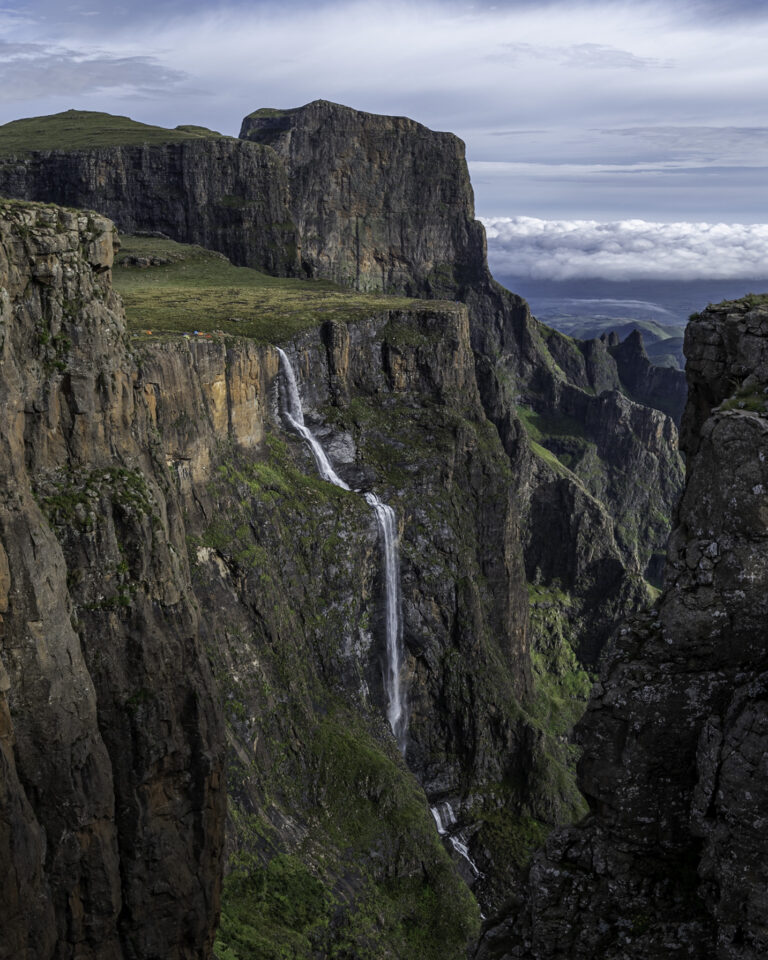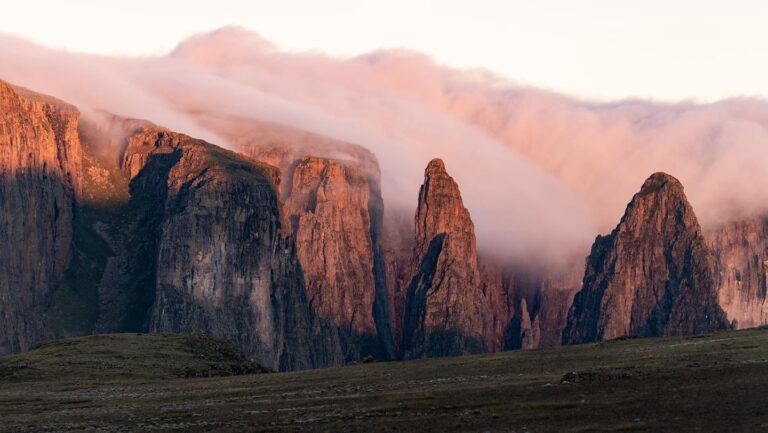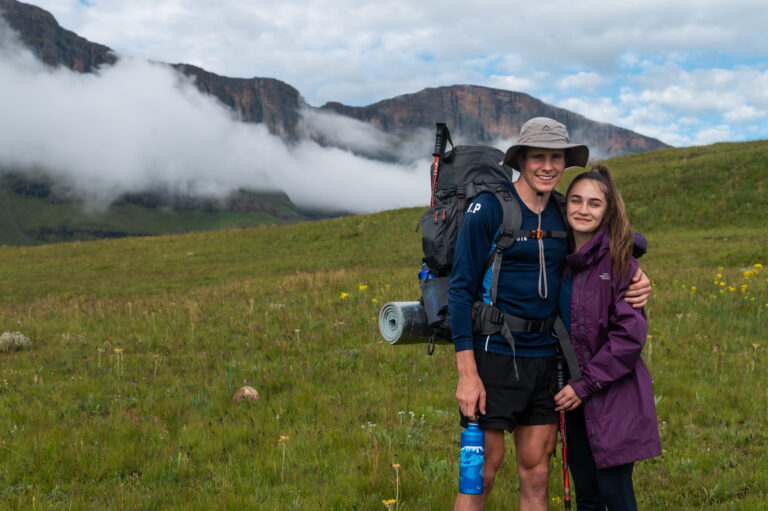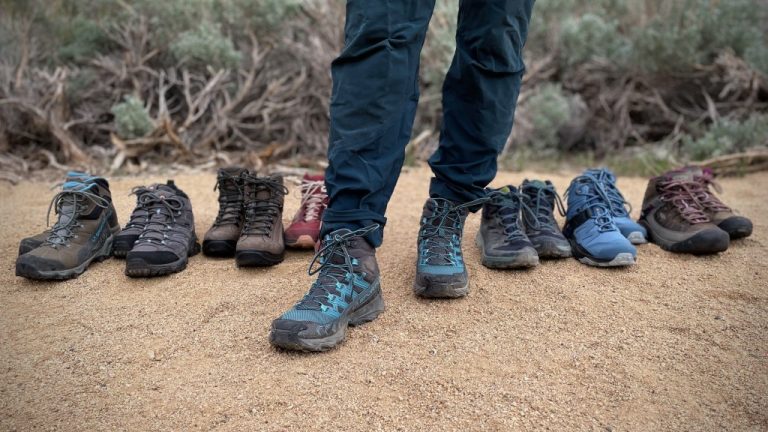Island Peak Climb

Join our 21 day Island Peak climb and explore the alluring world of mountaineering
An Island Peak Climb, rising 6,160 m above sea level is a great introductory climb into the alluring world of high altitude mountaineering. Every spring, Soul Adventures embraces the challenge, taking groups of climbers to the summit. But why in the heck would you want to climb it? Well, besides the stunning Himalayan scenery and the acclimitisation trek into Everest Base Camp, the mountain will teach you will teach you patience, persistence and gratitude. And if you crack the code, you may even learn to not over-think why we do what we do. The Island Peak Climb can be hard, but it’s the most rewarding thing you will ever do. It challenges us to find untapped reserves of strength and resourcefulness. It’s also just plain fun, if you don’t mind putting out a little effort. For some of us it will be our life’s work; for others it’s a deliberate detour on the way to bigger things.



Island Peak-The Mountain with a veiw
Join our Island Peak Climb and not only will you get you to the summit, you will also experience trekking in the most coveted Everest region. Island Peak climbing, also called Imja Tse peak climbing by the Nepalese is a popular choice among novice climbers who wish to begin their mountaineering journey and then moving on to other peaks. . The expedition not only provides an enjoyable climb but also provides some of the most spectacular scenery of the Himalayas in the Khumbu region.
An Island in a sea of ice
From the village of Dingboche Island Peak is clearly seen at the top of the valley as a pyramid of ice and rock. It was named by Eric Shipton because of its resemblance to an island in a sea of ice. The mountain itself is the extension of the South Ridge of Lhotse Shar separated by a col and the ridge rising to the south from this point leads to the summit of Island Peak.You will be rewarded woth panoramic veiws that include Everest, Lhotse, Makalu, Ama Dablam and your guides left thumb.
Where is Island Peak situated?
Island Peak or Imja Tse is situated in the Sagarmatha National Park of the Himalayas of eastern Nepal. To access the mountain, we take a flight from Kathmandu into Lukla. From there, its an 8 day trek into base camp. ( 12 if we take you up to Everest Base camp first). The route follows the Khumbu valley through Namche Bazaar, Tengboche, Dinboche, Chhukung and into Island Peak Base camp.



An overview of the Island Peak Climb expedition
| Itinerary | Maximum Altitude | Walking/Hiking |
|---|---|---|
| Day 1:Arrive in Kathmandu | 1,350m/4,429ft | |
| Day 2:Fly to Lukla then trek to Phakding | 2,800m/9,187ft | 3-4 hrs |
| Day 3:Phakding to Namche Bazaar | 3,438m/11,280ft | 5-6 hrs |
| Day 4:Namche Bazaar : Acclimatization Day | 3,438m/11,280ft | |
| Day 5:Namche Bazaar to Tengboche | 3,870m/12,697ft | 5-6 hrs |
| Day 6:Tengboche to Dingboche | 4,360m/14,305ft | 5-6 hrs |
| Day 7: Dingboche to Chhukung | 4,730m/15,519ft | 3-4 hrs |
| Day 8:Acclimatization: Climb Chhukung Ri and trek back to Chhukung | 5,546m/18,196ft | 3-4 hrs |
| Day 9:Chhukung to Island Peak Base camp | 5,200m/17,061ft | 3-4 hrs |
| Day 10:Pre-Climb training on Island Peak Base Camp | 5,200m/17,061ft | |
| Day 11:Island Peak Base Camp to Island Peak Summit, back to base camp | 6,189m/20,306ft | 10-12 hrs |
| Day 12:Island Peak Base Camp to Pangboche | 3,985m/13,075ft | 5-6 hrs |
| Day 13:Pangboche to Namche Bazaar | 3,438m/11,280ft | 4-5 hrs |
| Day 14:Namche Bazaar to Lukla | 2,800m/9,187ft | 6-7 hrs |
| Day 15:Fly to Kathmandu | 1,350m/4,429ft |

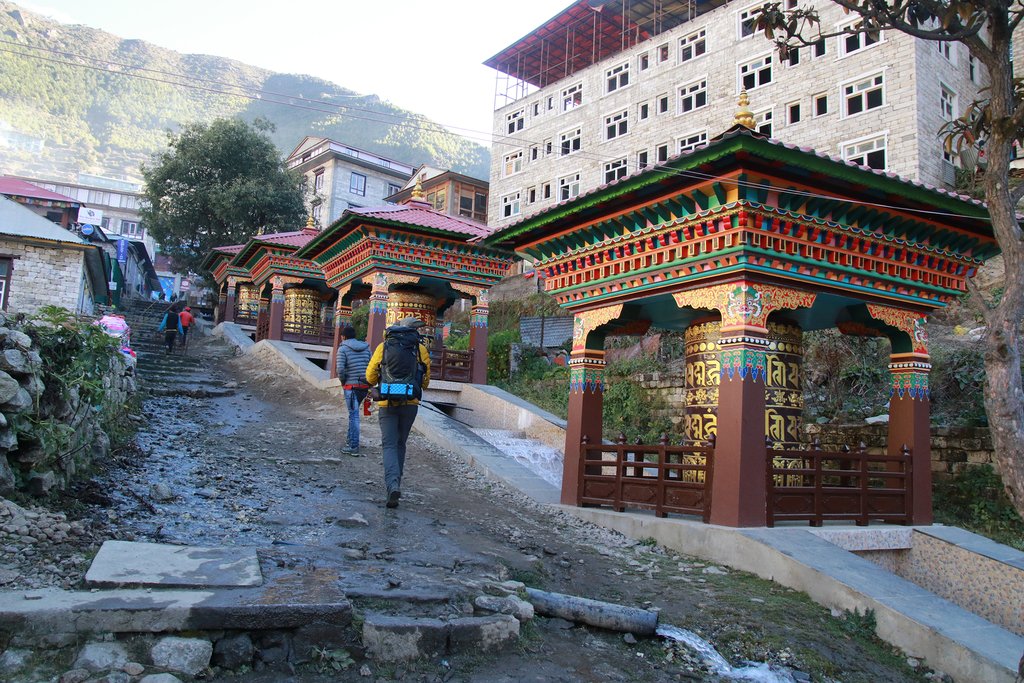

How technical is the climb?
Okay, so there is going to be a bit of stuff you are going to need to know on an Island Peak Climb. Basic stuff like abseiling, using a jumar, clipping into the safety ropes and walking with crampons. The first challenge will be walking accross the crevasses on a ladder. Much of the summit night is spent on snow and ice, using crampons and ice axes. For the last 400m of the summit we use fixed ropes and ascenders to conquer the headwall and reach the summit ridge. We would like to have a session or two with our clients before we leave to take you through the basics. We have also set aside some training sessions on the trek into base camp.
The route to the summit of Island Peak
The summit is a challenging 9 to 12 hour round trip depending on conditions. The route includes circuitous rocky paths and scrambles to the snow line, followed by a section moving in rope teams across glaciated and crevassed terrain. The next challenge is the 300 metre headwall to the summit ridge. The headwall is fixed with a rope to clip onto, and this extends all the way along an exposed summit ridge to the summit. The summit itself is small with only enough room for maybe four or five people to stand safely.



Why climb Island Peak with Soul Adventures?
SOME OF THE BESPOKE TURNKEY SOLUTIONS TO OUR CONTINUED SUCCESS: Some big words being thrown around hey? Makes us sound kleva. Gives us credibility on an Island eak climb.
- GREAT GUIDES– All of our guides are well-versed in high-altitude climbing expeditions. And we are laid back allowing some space to have fun on the climb.
- DIRECT ACCESS-We have access to one of our Island Peak climbing guides for specific questions.
- KNOWLEDGE-We have been guiding climbs on Island Peak for nearly 15 years and would love to share our knowledge with you.
- EXPERTISE-We oversee the climb with great care. We will provide a wealth of pre-trip information on issues such as training, gear, visas, inoculations, how to fling mud at altitude, flights, and logistics.
- SUCCESS-We get 7 out of 10 climbers to the summit. Now calm down.. this is the Himalayas, not a sunday afternoon stroll with grandma.
- SAFETY-We carry oxygen, a medical kit, a satellite phone, and local communications equipment on each expedition. After 15+ years, we have a superb safety record; you are traveling with medically trained mountain guides who have assisted climbers the world over . Our guides are all Wilderness First Responder certified and perform daily medical checks on all of our climbers using pulse oximeters and their high-altitude medical knowledge to assess and monitor climber health and well-being.
- CLIMBER TO GUIDE RATIO-Along with our lead guide , we employ local Sherpas and generally have a 3:1 climber-to-guide ratio.

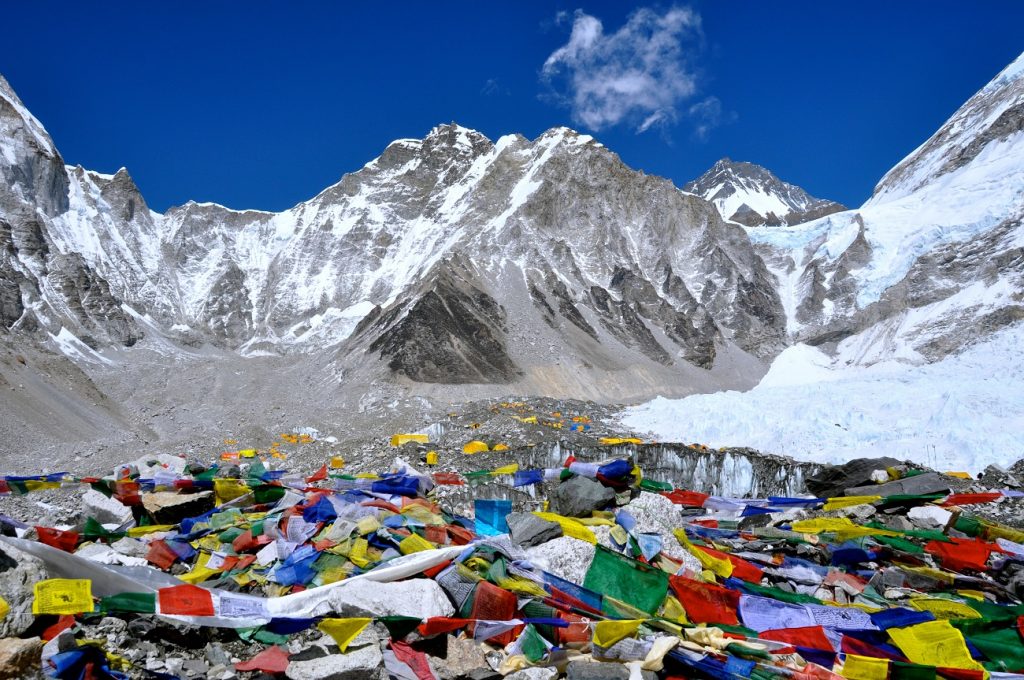

Best time to climb Island Peak
Generally speaking, you want to climb Island Peak in the spring or the autumn. The best time to trek to Everest Base Camp and Island Peak is from March to the middle of May, and then September to mid-November. At these times, you’ll have the optimum conditions for both trekking and views. In the summer months, there’s generally too much rain for climbing. You’ll also find that low clouds and fog can obscure the views of Everest. When climbing up to Island Peak, we have to contend with the snow and ice. At the summit, the temperature never rises above freezing – generally, it’s -36C in winter and -19C in summer.


